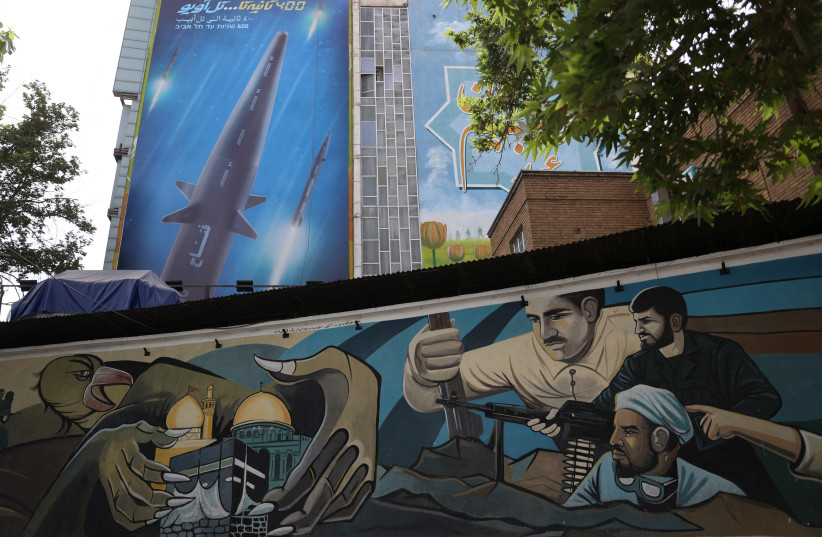Iran unveiled a new version of its so-called hypersonic missile. It dubs the new one the “Fattah-2” – even though the Fattah 1 hasn’t proven itself to be operational or even work.
Back in June, Iran unveiled the first Fattah hypersonic missile. Iran's Islamic Revolutionary Guard Corps (IRGC) claimed it had invented this missile.
Iran has an impressive missile program. In recent years, the concept of “hypersonic” missiles has become a talking point for countries, from Russia to the US and China. However, the technology proves difficult to achieve.
Iran's race to achieve hypersonic technology
Many missiles that fly outside the atmosphere, such as ballistic missiles, can fly at high speeds that are “hypersonic.” However, the big change for countries entering this battlespace is whether the missiles can maneuver. Ballistic missiles can be intercepted because they fly a predictable trajectory.
A missile that maneuvers at high speeds is hard to intercept.

Furthermore, why is Iran trying to create new generations or types of a missile that it hasn’t proven will work? Iran’s first model, the Fattah 1, was supposed to have a range of 1,400 km and be able to obtain speeds of Mach 13-15 (16,000-18,500 kph). Mach 5 (almost 6,200 kph) is the barrier for hypersonic, flying five times the speed of sound (1,235 kph). If missiles can achieve five times the speed of sound, they are “hypersonic” as opposed to just being supersonic.
Iran claimed it achieved this via a re-entry vehicle that is the second stage of the Fattah missile. Supposedly, this maneuverable re-entry vehicle would then fly back to earth to impact a target.
An article at the International Institute for Strategic Studies (IISS) by Fabian Hinz noted that “the Fattah’s use of a solid-propellant first stage echoes previous Iranian designs. The missile’s second stage incorporates the warhead, aerodynamic controls and a small solid-propellant motor with a moveable nozzle for thrust vector control (TVC). The Fattah’s second stage resembles a maneuverable re-entry vehicle (MaRV) rather than an HGV [hypersonic glide vehicle].”
Iran's new hypersonic ace is untested
Now, with Fattah-2, the Iranians claim they have an even better missile, albeit also untested. This new missile has a new design that Iran claims helps it to maneuver and will enable it to hit targets and not be detected. Tehran also said that, unlike the first Fattah, the Fattah 2 uses a liquid-fuel rocket propellant.
“It seems that this liquid fuel engine is a new design specially developed for Fattah 2,” Iran’s Tasnim says. "With the help of this engine, Fattah 2 can travel complex and unpredictable routes in the atmosphere, while the liquid fuel engine has the ability to adjust the thrust force, which helps to optimize the flight path and achieve greater range and better control over the flight speed."
Iran's supreme leader Ayatollah Ali Khamenei showed the missile over the weekend, according to Iranian reports. There is no doubt that Iran wants the world to believe it has these missiles. It is clearly sending a message to the region, including to Israel. However, the missiles have not been proven and they are not likely ready for combat.
Nevertheless, Iran has an impressive missile and rocket program, exporting these threats all over the region. The threat must therefore be taken seriously by regional countries.
